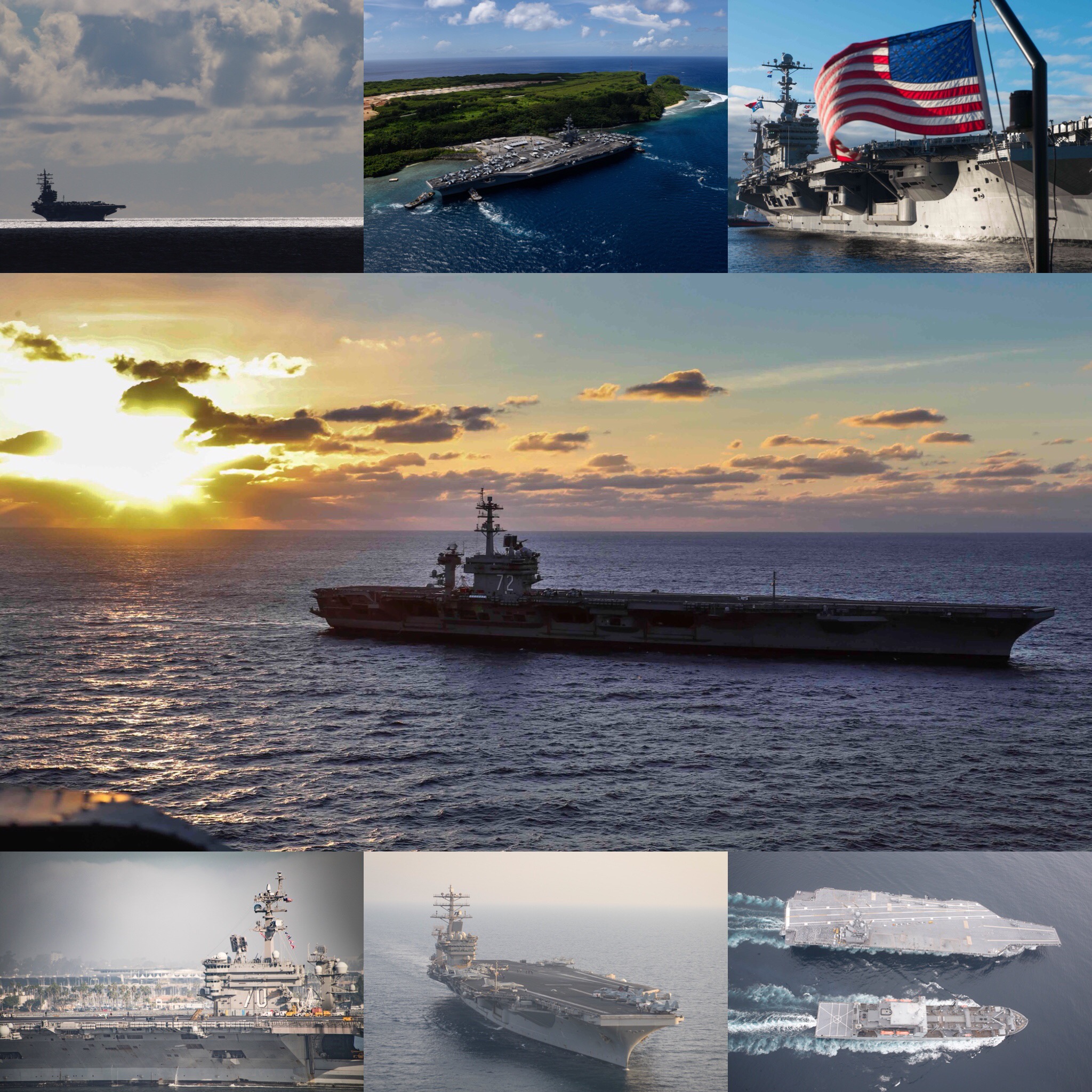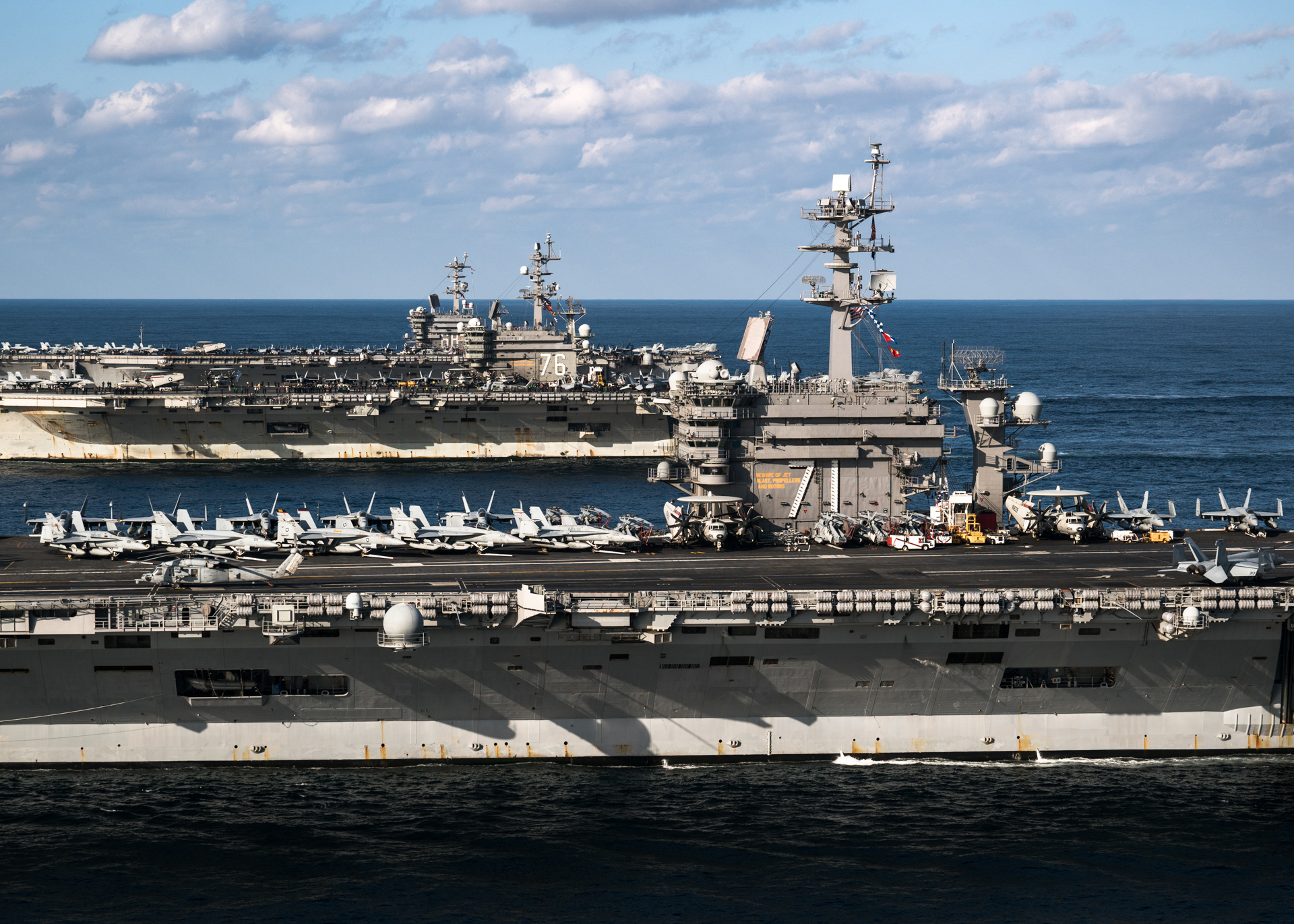In January, the
deployed from its
, Virginia, homeport with a
: a transportable recompression chamber, traditionally used to treat
divers suffering from the bends.
By the end of the carrier’s
, the egg-shaped chamber would be used to treat five pilots who experienced hypoxia-like systems or compression problems in flight.
Now, the Navy plans to put one aboard every deploying carrier.
Capt. James McCall, commanding officer of the Bush’s Carrier Air Wing 8, told
in an October interview that the carrier’s seven-month deployment saw the highest number of “physiological episodes,” as the military calls them, that he has ever experienced on a cruise. In all, 14 pilots experienced abnormal symptoms in flight.
While McCall said that hypoxia-like episodes were frequently overlooked in previous years due to lack of awareness about the problem, he acknowledged that the problem got bad enough on this most recent deployment that one squadron took the unusual step of pausing all flight operations.
Strike Fighter Squadron 37, which flies older
, stopped flights for most of a week in July after two pilots flying two separate aircraft experienced physiological episodes on back-to-back days. Both required sessions in the on-board hyperbaric chamber.
“I think anytime you have something in rapid succession like that with guys going to the chamber for six hours, I think that’s a good reason to take a quick pause and say, ‘Hey, is there something we’re missing here, is there something we’re not seeing,’ ” McCall said.
While the rash of physiological episodes continues to perplex military officials, the chamber treatment has had impressive results.
The five pilots treated in the chamber spent between two and six hours inside of it, following consultation with Navy flight surgeons and dive doctors. Their symptoms following a physiological episode in the cockpit ranged from classic hypoxia symptoms, such as tingling in the extremities, to headaches and sinus pain.
“In the instances where we used it as an air wing, it did result in 100 percent alleviation of the post-flight symptoms,” McCall said.
In some cases, he said, pilots reported feeling some of the same negative symptoms a day after treatment, and returned to the chamber for a second session. But no one needed a third treatment, he said.
While the chamber, which costs about $250,000 and is six to seven feet in length, was brought aboard the carrier for the express purpose of treating pilots after in-flight decompression and hypoxia symptoms, McCall said it was pressed into service to treat others as well.
At one point in the deployment, he said, a number of sailors were found to be suffering from carbon monoxide poisoning due to an unspecified event. They were prescribed sessions in the chamber in a successful effort to alleviate their symptoms.
“Speaking with doctors, they’ll tell you it’s a very effective treatment, but it’s kind of an effective treatment for a variety of ills, not necessarily just what we use it for in aviation,” he said.
While there appear to be few downsides to deploying with the chamber and several unexpected added benefits, Navy officials speak cautiously about the service’s long-term plans.
A “physiological event action team” was created earlier this year, under the direction of a rear admiral, to address the in-flight problems. Navy leaders have emphasized they want to find the problem and solve it, rather than mitigate the effects.
But all carriers are now deploying with transportable recompression chambers, and will continue to do so at least until the Navy has completed a reset on environmental control systems used by the F/A-18C Hornet.
“That is a mitigation measure that we’re using,” Lt. Cmdr. Dave Bennett, a spokesman for the new team, told
. “Obviously, it’s not the final solution as far as what we want to do.”
With the chamber treatments also comes a renewed emphasis on pilot physical well-being. McCall said any pilot who reported abnormal physical symptoms was put in a “down” state for 24 hours for observation, even if it was suspected the problem was due to dehydration or lack of sleep, rather than something aircraft-related.
“I don’t need an aviator going out for a night arrested landing after a seven-hour combat mission if they’re not coming in peak performance,” he said. “The mission is difficult enough, and we need to ensure that our folks are flying and that they’ve done their best to prepare themselves physically and mentally for it, but also that our aircraft are affording them the ability to perform their very demanding tasks in peak condition.”
Amid these precautions and the week-long grounding of a squadron, the carrier was nonetheless able to complete a record-setting deployment, dropping 1,715 pieces of ordnance on Islamic State targets in Iraq and Syria.
In part because of the momentum from the dynamic combat mission, McCall said pilot confidence and motivation remained high during the deployment, despite the various physical episodes.
“These are unique challenges that I had not seen earlier in my career,” he said, referring to the episodes. “They concern me they concern all of naval aviation, but we continue to work hard toward it. I think that that allows us to stand ready to answer the call if we have to go again.”








